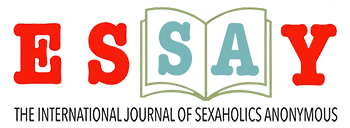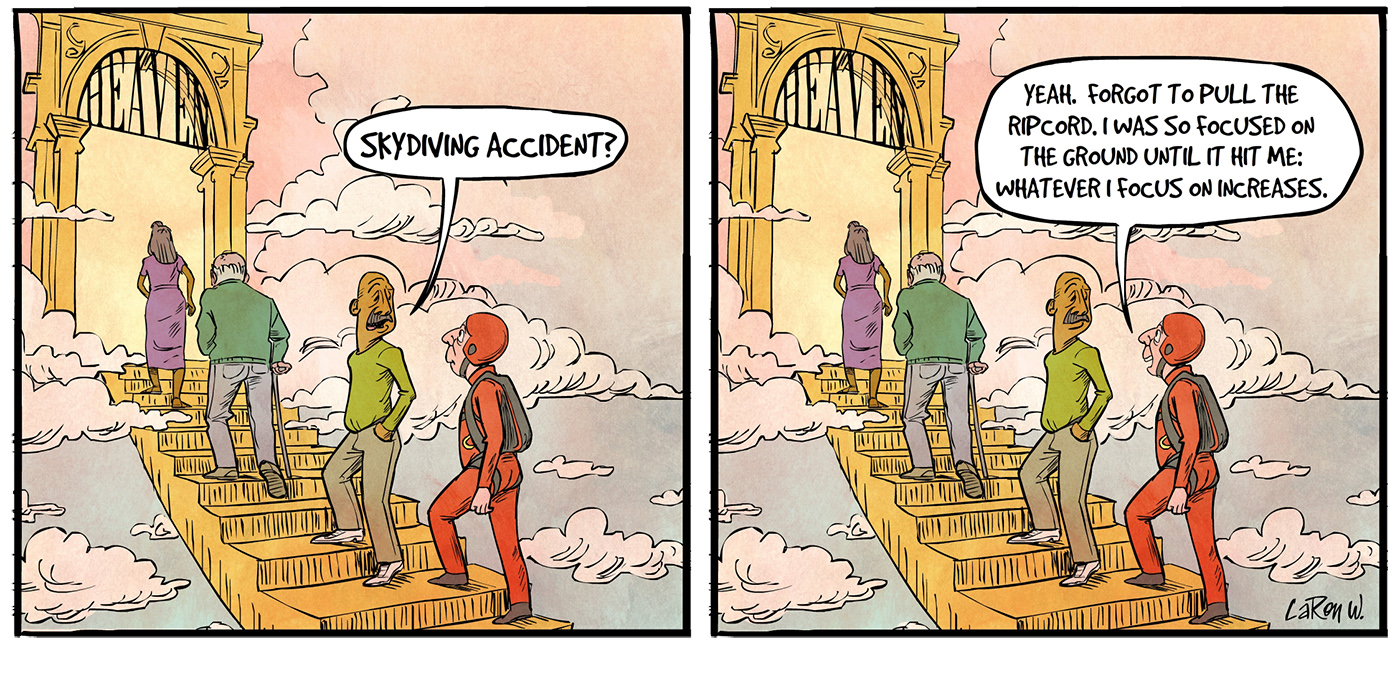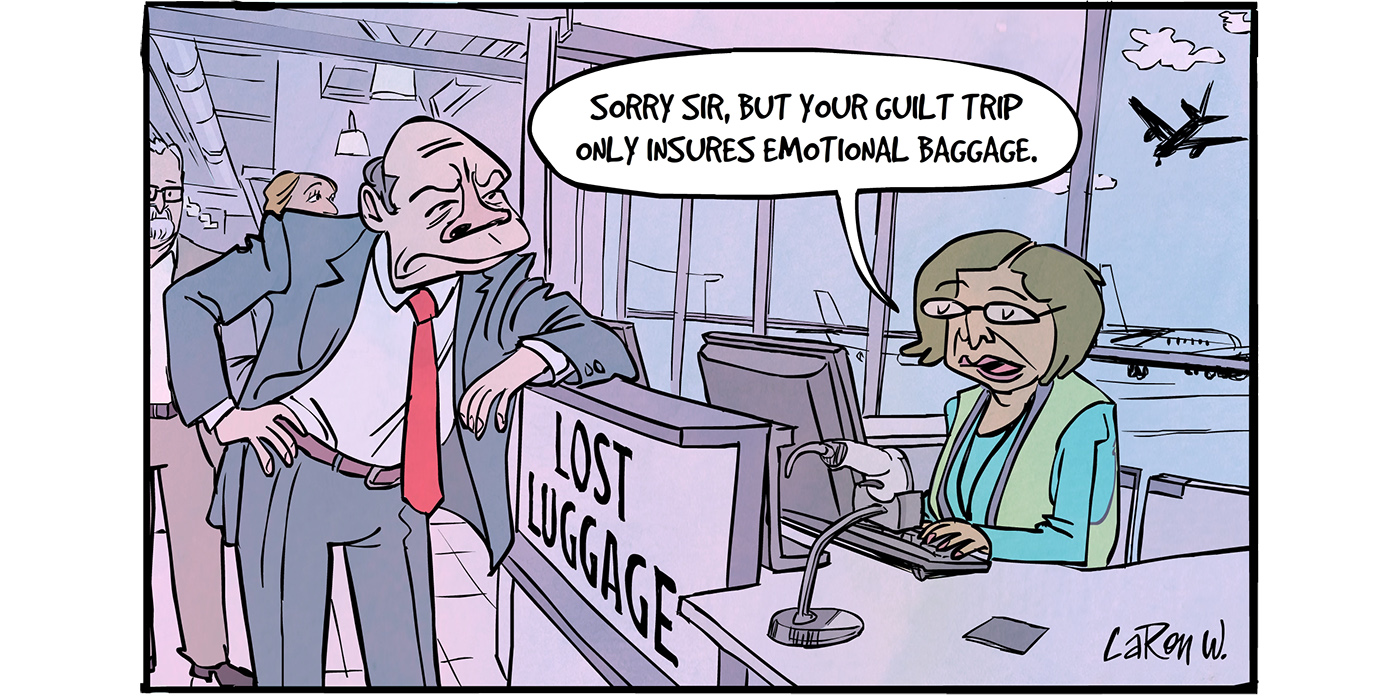[Many have asked about the Central Office Advisory Committee, what it is and how it came about. The following is taken from Roy’s taped conversation with another member 9-15-90.]
I went to the Bozeman SA Convention of July 1987, having just completed a six-month period seeking discernment concerning what God’s will was for me in my future relation to the Central Office (CO) and to SA. There I announced the results of that process: That I no longer wanted to manage the CO but that I would remain as servant in SA if the fellowship so desired. Based on that decision, on my growing need for help, and the desire to implement fellowship self-responsibility, I told the fellowship of my decision and asked that there be a CO Oversight Committee and a committee to prepare a proposal for an International Group Conscience (IGC) Committee, dealing with matters affecting SA as a whole.
My suggestion was discussed in that Bozeman business meeting, and the motion passed unanimously that I appoint the first slate of members to these two committees. I left Bozeman with a clear responsibility, so I started trying to get members into these two committees. Filling positions for the IGC proposal writing went well; I think everyone I asked agreed to serve. It turned out that the IGC slate thus appointed represented all areas; and there were two women, and the various types of acting out were also represented.
For the CO Advisory Committee, the opposite happened. There was no success in finding takers. In lieu of this, I increased my delegating of various aspects of CO work to different persons and groups. The time frame here is fuzzy, because I had previously tried out various groups/persons for different tasks the CO needed help on: computerized mail list, editing various issues of Essay, doing the CO finances, helping in management consulting and hands-on office work, etc. Some members were deliberately tested without their knowing it, and some were asked to help from the necessity of the moment. For whatever reasons, and there were many, there did not arise persons who would responsibly oversee the various CO functions.
Thus, after Bozeman, the CO did not have the Oversight Committee I requested, but the IGC proposal committee was hard at work in a spirit of unity, writing their proposal. I stayed out of their effort. Their proposal was eventually completed and presented to the fellowship for feedback and approval.
Here’s how the CO “Advisory Committee” originated. Various matters came to the attention of the CO after Bozeman that I wanted feedback and advice on; since I was still in the position of supervising the CO. I believe one of the first was the Australian TV offer. But the Oversight Committee had not materialized. I’m the kind of guy who thinks in terms of “the shortest distance between two points being a straight line.” It dawned on me that the most immediate body of representative members from whom I could get help with the Australian decision was right in front of my nose, working on the IGC proposal. I picked up the phone and starting calling them, the result being that we had a conference call on the Australian TV matter.
To backtrack a little: From the beginning of SA, the way I would operate in getting fellowship feedback and help, was to write letters to all groups or call the groups or various leaders, etc. I believe the first time I went to the whole fellowship, was in 1981, when I invited every member of SA to our first Conference in Simi Valley the weekend of July 25th. That was the conference where we hammered out our statements on sobriety, wording of the Steps and Traditions, etc. Another early example was in the matter of obtaining non-profit status for SA with the IRS. In November of 1981 I again went to the whole fellowship in the matter of our proposed dialogue with another organization and the related Statement of Principle, now called The Sobriety Definition (in the back of the SA book). (The current sobriety survey is at least the third time the fellowship as a whole has expressed itself on our definition of sobriety.) The vote of each group was tallied, and the national group conscience derived. More details of the history of my relation to the fellowship are described in my Notes on the Origin and Early Growth of SA (available from the CO).
On that Australian TV conference call we had a marvelous demonstration, I thought, of a group conscience in deciding not to accept the offer. (At first we were all for it, but by the end of the call, we were all convinced SA had to carry its own message, and today, SA is firmly established in Australia!) This worked so well, that I began to use the IGC proposal writing committee for other CO matters as they came up. These persons were at hand, and the process was working. Eventually I began to be less formal with my use of the IGC Committee. For example, when there would be a matter on short notice that needed an immediate response, instead of giving the committee weeks of prior notice, I would begin to call whoever was available and get my guidance.
Some members of the IGC Committee began to feel that they should be given more formal notice and that all should always be on the call. I felt we were making good decisions and that the process was working but agreed. I kept using the IGC proposal writing committee for help with CO issues even after they were finished with their IGC proposal. Somewhere along the line—I don’t remember who used the designation first—the name “Advisory Committee” got stuck on those members I was using for feedback and help in decision-making. Thus, by default, so to speak, this group—the original IGC—was also doing the job of the CO Oversight Committee which had never materialized.
Many persons do not realize that it was I who started the process of seeking fellowship involvement in responsibility, and very aggressively since 1983. It is difficult for anyone who has not worked there to imagine the large and diverse volume of day-to-day work in the Central Office. (And it was volunteer work on my part; I was employed elsewhere at the time. Without Nan coming in seven years ago, I would have gone under.)
After Nan came in, I increasingly backed away from managing the CO and even began testing the Advisory Committee’s autonomous operation. Somewhere along the line, this Advisory Committee wanted a little more formal structure, so in one of the conventions, a chairperson was elected, they asked for prior notice and agendas, and seemed to gravitate more toward a formal approach. There were times where I either did not or could not give prior notice so the Advisory Committee chair could set up the call, etc., and there were times when there was no clear prior agenda. However, the system was working, serving the needs as they arose.
Once the IGC Procedure went to the fellowship for vote, the IGC Committee began operating on its own as the IGC. It felt the fellowship had validated the IGC proposal it had written. At the same time, I was still using the original IGC proposal writing group as the CO Advisory Committee. Over time, various of these members resigned and were replaced by the Advisory Committee itself electing the replacements. There were different chairpersons, and the last chair to be elected by the Advisory Committee was Dave G., who currently presides.
Unlike other organizations, ours in SA has been a process that is still going on. We aren’t “there” yet; we seem to be progressing slowly, from the inside out, instead of lowering onto SA some full-blown structure before we know fully who we are and where we’re going. Looking back on it all now, I think this was wise. Even our recent IGC experience is teaching us useful lessons, especially now that we see SA is divided on sobriety.
Under Dave G.’s chairing, the Advisory Committee has come back to a median position between the early spontaneity and the later formalism. This is what we have today. Dave moderates our conference calls. Instead of meeting periodically, as in the prior formal arrangement, we now meet on an as-need basis. Since roughly July of 1990, members of the IGC Committee who chose to hold off IGC deliberations until the divisive issues within the IGC Committee could be resolved have been invited to sit in on Advisory Committee conference calls in a non-voting capacity. Their presence has proven valuable.
Some members look at SA’s structure and wonder why we aren’t as fully developed as AA, for example. We forget that it was some twenty years before AA became representatively self-responsible. I see the Advisory Committee today as an interim and transitional mechanism, looking forward to the time soon when SA organizational structures serving today’s and tomorrow’s needs will grow into place. The existing situation is not what SA’s future organization will be, but it’s all we have at the moment that is working. Personally, I think SA today needs something different than what we needed in 1987 when I asked for fellowship responsibility to be implemented with the CO and IGC committees. More about this in the future. For now, let’s look at what went wrong with the IGC and settle the priority question facing us today—becoming of one mind, heart, and action on just what is SA sobriety. This is the first priority for each of our groups today.
Roy K., 14 February 1991






